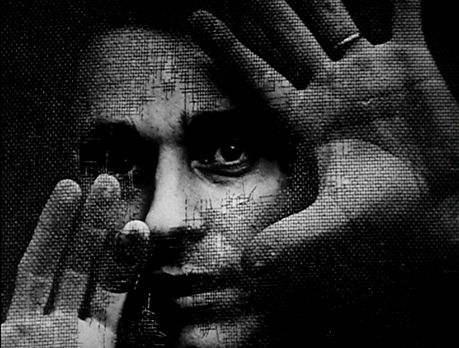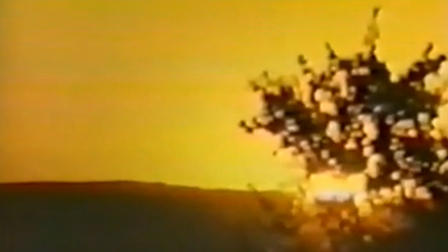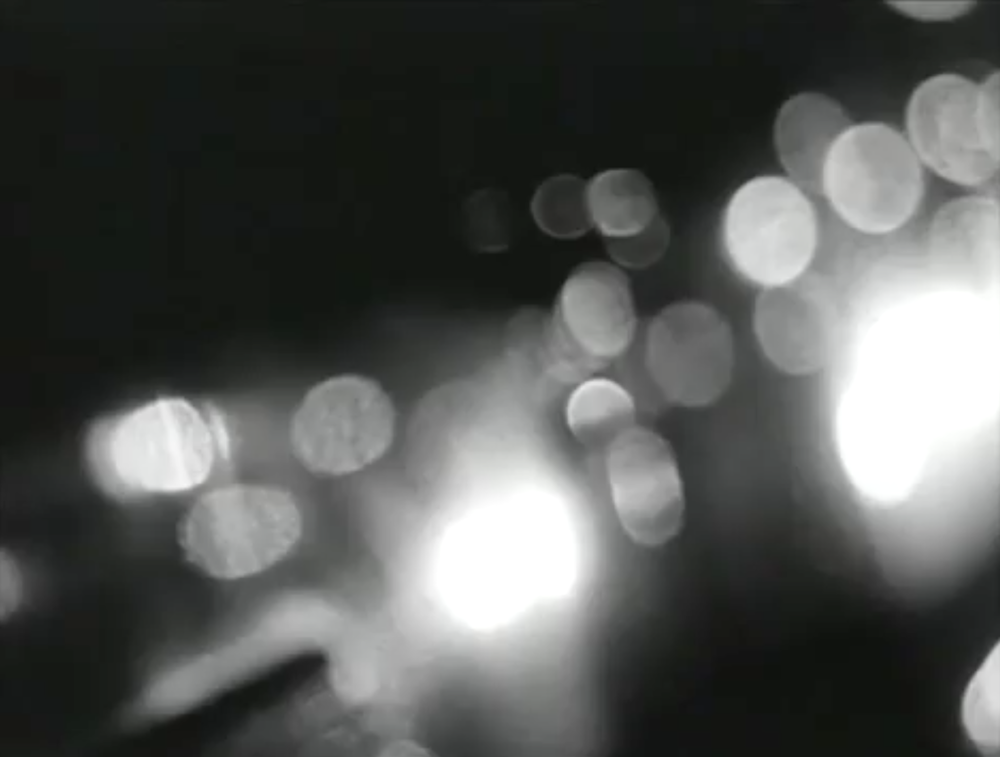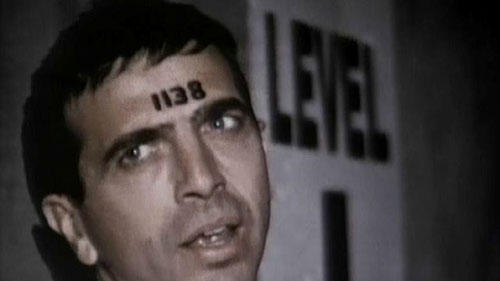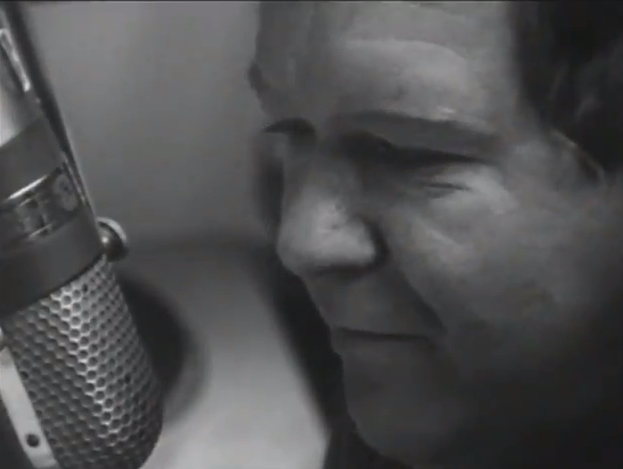“It had quite a dramatic effect on the department at the time,” Lucas recalls. “Nobody there, including all the teachers, had ever seen anything like it.”[Chpt 3, 2]skywalking
"It made my mark in the department. That was when I suddenly developed a lot more friendships, and the instructors said, `Oh, we’ve got a live one here.’ When I did that film, I realized I was able to run circles around everybody else. That’s when I realized these crazy ideas I had might actually work. It was the melding of my San Francisco exposure to avant-garde shorts and my film school experience.”[Chpt 3, 2]skywalking
According to Derek Lamb, director of animation at the National Film Board of Canada, the USC animation class, headed up by animation teacher Herb Kossower, were crazy for Arthur Lipsett's work[3]. It's possible Lucas had been exposed to Lipsett's work during his San Francisco adventures, but if not then, he would undoubtedly have seen them at USC — 21–87 was released in 1964, so it was in vogue right around the time Lucas arrived at USC.
That said, Lucas did push the boundaries of the assignment. These shorts traditionally didn’t have soundtracks; in fact most of them weren’t even movies, as much as a bare-minimum effort to pass the test of moving something, anything, left-right-up-down on the screen, so while it was perhaps less of a creative homerun, it was something of a technical achievement for the young freshman. And indeed it went on to tour the burgeoning film student festival scene, where it “won like, you know twenty or twenty-five awards in every film festival in the world and kind of changed the whole animation department.”[1]academyofachievement, ensuring the young freshman’s reputation at USC.
After the reception of his first film, Lucas seemingly soon decided that he had found his calling; not only in that he wanted to make movies, but in how he would make them.
As an aside, there are two versions of the film available, the one shown in the Empire of Dreams documentary from the DVD box set, and another one (available at the Academy of Achievement interview). They’re identical, except for the opening. A guess is that the one above is a later, slightly more polished festival-focused version, whereas the alternative is the actual coursework film (given that it has the class name, number and instructor listed on it).
Another interesting aside is that Lucas's classmate Paul Golding, with whom Lucas would go on to collaborate on several subsequent student films, made a similar short called
Wipeout (1965)
using many of the same images, set to the The Surfaris tune Wipeout.
